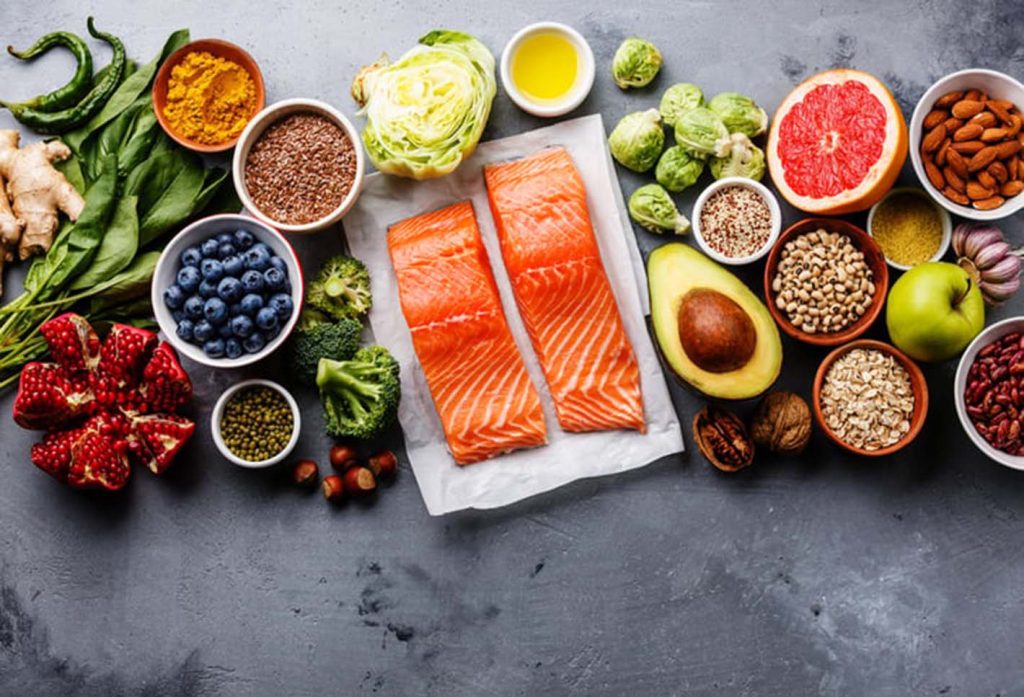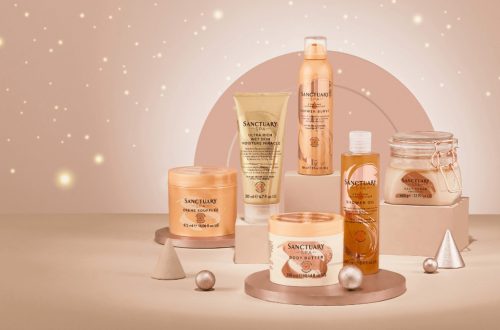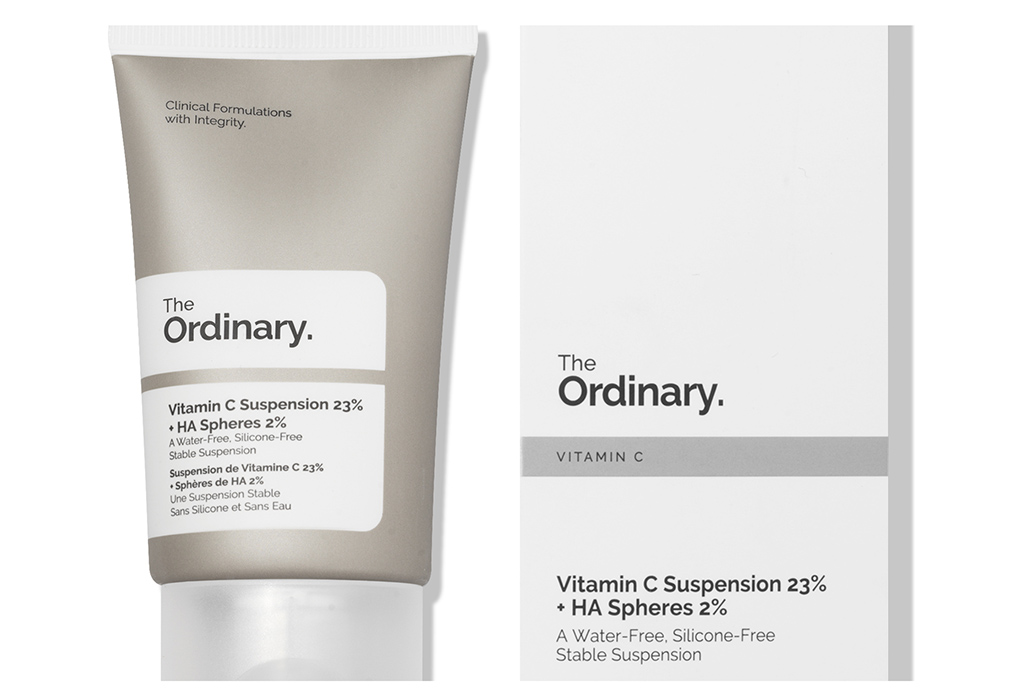
Is the Sun Too Harsh? Here’s How to Supplement Vitamin D for Health and Radiance
1. The Summer Sunscreen Dilemma: What If You’re Lacking Vitamin D?
In the scorching heat of summer, the top skincare priority for most women is undoubtedly sun protection. Sunscreen, sun-protective clothing, umbrellas, wide-brimmed hats — we layer up to block UV rays, hoping to avoid tanning, aging, and even photosensitivity.
But amidst this well-armored routine, a crucial yet often overlooked issue quietly arises: Could consistent sun protection lead to a deficiency in vitamin D?
The answer is: Possibly.
Vitamin D, known as the “sunshine vitamin,” is primarily synthesized in the skin through exposure to UVB rays — over 80% of our vitamin D intake comes this way. If we’re constantly shielding ourselves from the sun, staying indoors, or living in cities with low sunlight, our risk of deficiency increases.
So here’s the question: How can we maintain proper vitamin D levels while protecting our skin and staying fair-skinned?
2. Why Is Vitamin D So Important Anyway?
When we think of vitamin D, the first thing that comes to mind is usually “calcium absorption” — which is true, but that’s just the tip of the iceberg. Vitamin D plays a far more extensive role:
• Enhances calcium and phosphorus absorption to maintain strong bones and prevent osteoporosis
• Regulates the immune system, reduces inflammation, and boosts virus resistance
• Supports skin repair mechanisms and aids in keratinocyte turnover, helping soothe skin irritation
• May help regulate mood — studies have linked vitamin D deficiency with depressive symptoms
In fact, low vitamin D levels have been associated with fatigue, weakened immunity, and dull, lifeless skin. For modern women seeking health and a radiant complexion, vitamin D is essential.
3. Getting Sunshine for Vitamin D? Know These Facts First
Many believe that “sun exposure equals vitamin D,” but it’s not that simple.
- Sun exposure helps, but needs to be strategic
• Time matters: 10 AM to 2 PM offers the strongest UVB rays but also the highest risk of sunburn
• Area exposed: Apply sunscreen to the face, and allow less sensitive areas like forearms or calves some sunlight
• Duration: 10–20 minutes per session, adjusted based on skin tone and location - High SPF = Less Vitamin D
• Sunscreens with SPF 30 or higher block about 95% of UVB rays, virtually eliminating vitamin D synthesis
• Staying indoors or using physical sun blocks (hats, clothing) also greatly reduces UVB exposure - Darker skin synthesizes less vitamin D
Melanin in darker skin absorbs UV rays, reducing vitamin D production. People with deeper skin tones are more prone to deficiency and should pay closer attention to supplementation.
Clearly, relying on the sun alone for vitamin D isn’t ideal — smarter, skin-safe methods exist.
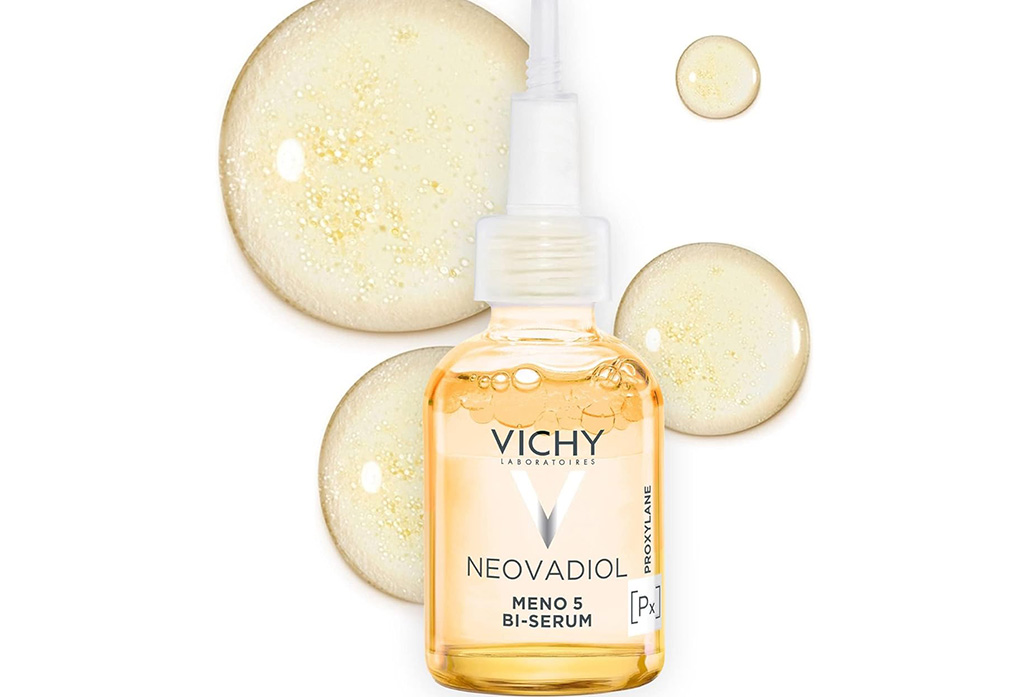
4. Three Smart Ways to Get Enough Vitamin D — Without Getting Tanned
If you want to protect your skin and maintain healthy vitamin D levels, try these three scientifically-backed methods.
Option 1: Vitamin D Supplements — A Safe, Controlled Approach
This is the most precise and effective solution, especially for city dwellers or those avoiding sun exposure.
Recommended dosage:
• 400–800 IU daily for most adults
• Up to 1000–2000 IU for those with deficiency or poor natural synthesis (as advised by a doctor)
Benefits:
• No UV exposure required
• Dosage is adjustable and safe
• Doesn’t interfere with your skincare routine
Top Picks:
• NOW Foods Vitamin D3 1000IU – popular on Amazon, highly absorbable
• Nature Made Vitamin D3 2000IU – trusted brand often recommended by pharmacists
• Solgar Vitamin D3 Softgels – vegetarian capsule, ideal for plant-based lifestyles
Option 2: Dietary Sources of Vitamin D — Nourishing and Natural
While food doesn’t supply as much vitamin D as sunlight, it still contributes and complements other sources.
Vitamin D-rich foods:
• Fatty fish: salmon, tuna, sardines
• Organ meats: beef liver, chicken liver
• Egg yolks
• Fortified products: milk, cereals, orange juice
How to eat them:
• Grill salmon or sauté sea bass 2–3 times a week
• Add a boiled egg or vitamin D-fortified cereal to your breakfast
• Use fortified milk instead of regular dairy
Benefits:
• All-natural and gentle
• Delivers bonus nutrients like protein and omega-3s
Option 3: Vitamin D Skincare — Beauty Meets Health
Some skincare brands now include vitamin D derivatives to address issues linked to deficiency — such as dryness, dullness, or weakened skin barriers.
Top Products:
• The Ordinary Vitamin D Suspension – brightens dull complexions and boosts skin turnover
• Lancer Skincare Vitamin D Active Serum – dermatologist-recommended to reduce sensitivity and inflammation
• Vichy Neovadiol Vitamin D Fortifying Serum – ideal for mature skin, strengthens barrier while supplementing vitamin D
Tips for use:
• Best applied at night
• Avoid mixing with photosensitive ingredients
• Pair with moisturizers for enhanced absorption
5. Can You Have Too Much Vitamin D? Don’t Overdo It
Vitamin D is fat-soluble, meaning it’s stored in the body. Too much can lead to toxicity.
Common signs of overdose:
• Nausea, vomiting
• Constipation or diarrhea
• Muscle weakness, irritability
• Hypercalcemia, which can harm the kidneys
Supplement wisely:
• Never exceed dosage without medical guidance
• Pregnant/breastfeeding women or those with medical conditions should consult a doctor
• A blood test every 6 months (25-hydroxy vitamin D) is the best way to monitor your status
6. Are You Deficient in Vitamin D? Here’s How to Tell
You might be on the brink of deficiency without even knowing it.
Typical signs include:
• Constant fatigue, lowered immunity, frequent colds
• Muscle or bone aches
• Mood swings, anxiety, irritability
• Dry, flaky, or dull skin
But the most accurate way to know is through a 25(OH)D blood test. Reference ranges:
• Normal: 30–60 ng/mL
• Deficient: Below 20 ng/mL
• Insufficient: 20–30 ng/mL
You’re more likely to be deficient if you wear sunscreen daily, have darker skin, or follow a mostly plant-based diet.
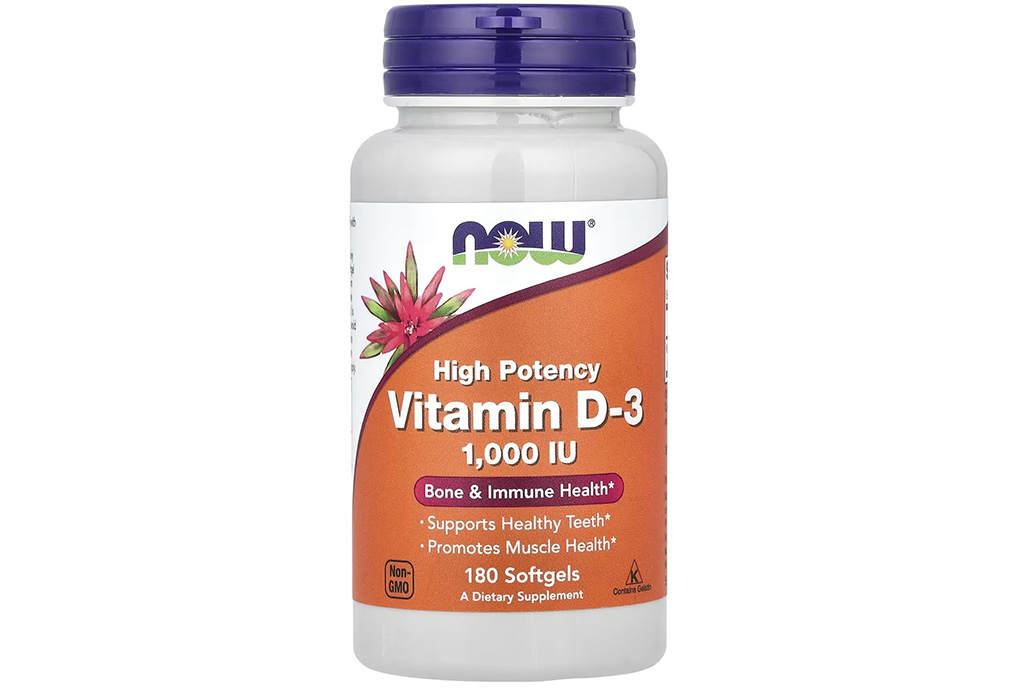
7. The Golden Combo: Vitamin D Meets Skincare
Worried that taking vitamin D might make you tan? Don’t be.
Vitamin D itself doesn’t darken your skin — tanning comes from UV-induced melanin production. As long as you supplement without sun exposure, you’re safe.
In fact, vitamin D can enhance your skincare results:
• Speeds up skin turnover, reducing pigment buildup
• Soothes inflammation and dullness
• Strengthens the skin barrier, improving product absorption
Combine it with these ingredients for maximum glow:
• Niacinamide – brightens and evens out skin tone
• AHAs like glycolic or mandelic acid – promotes exfoliation
• Ceramides – maintain skin hydration and resilience
This is the true path to a healthy, luminous complexion.
8. Don’t Just Hide from the Sun — Supplement Smartly for Radiance
In today’s skincare culture, where sun protection and whitening are non-negotiable, don’t let vitamin D become your weakest link. Remember: Getting enough vitamin D doesn’t require sun exposure.
Through well-chosen supplements, thoughtful diet changes, and skin-friendly products, you can maintain optimal vitamin D levels without sacrificing your skin’s tone or texture.
Whitening isn’t just about “avoiding sunlight” — it’s about nourishing from within and protecting from without. Let vitamin D be your silent skincare ally, enhancing your glow from the inside out.
This summer, with smarter routines, healthier choices, and targeted care, your skin can stay bright, clear, and full of life — all season long.


